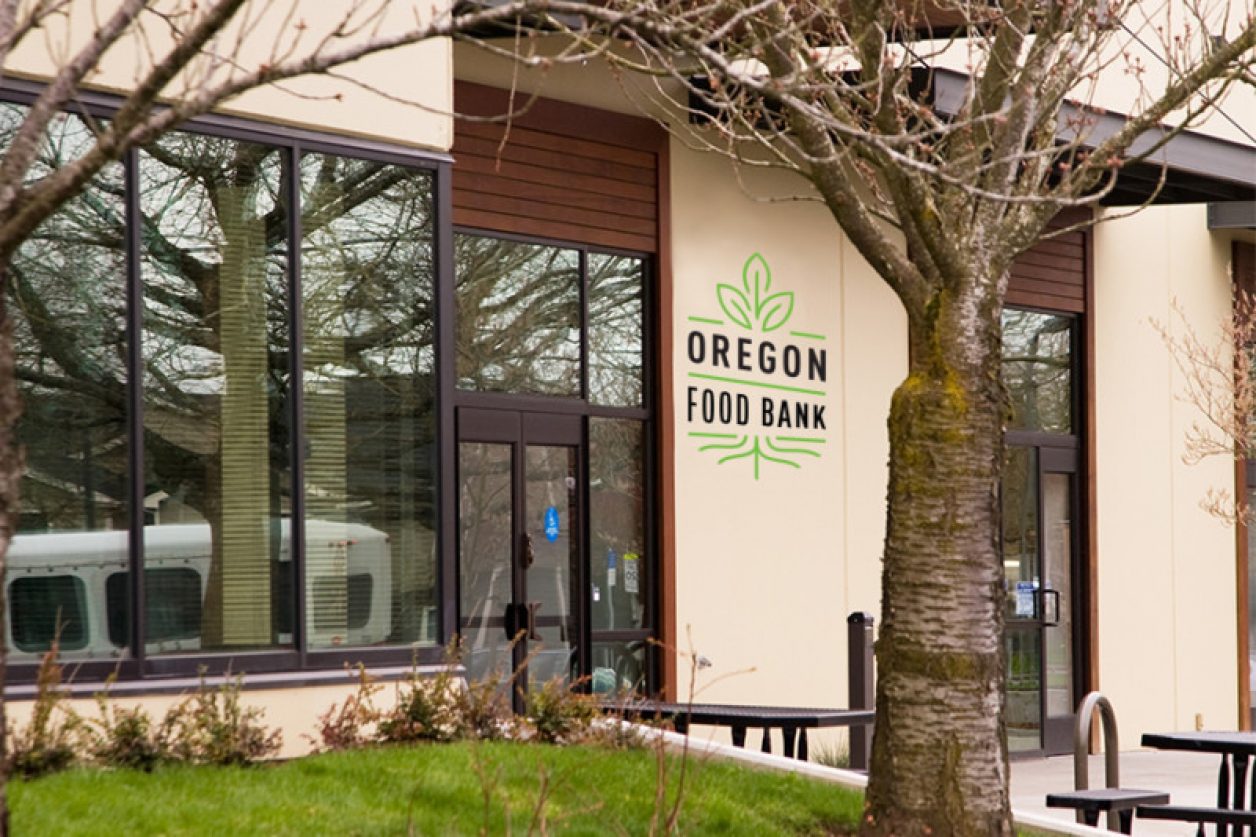
Raising empathetic and helpful kids who grow into empathetic and helpful adults, is a primary parenting goal of mine. But without a family church or other established multigenerational community, it can feel challenging to find places for little kids to meet new people and pitch in with various community projects.
Throughout their early childhood, I’ve attempted to meet this goal by taking my own children to political demonstrations, clothing and food drives, and quite a few other autonomously organized volunteer events. It’s not especially difficult to go out and clean or stock a free fridge, or to hand out warm meals or cool water to unhoused neighbors. But there are times I need even more simplicity- when I want a familiar and controlled space that’s already set up for volunteers, is well staffed, has established processes for keeping things smooth and efficient, and (this is a big one) doesn’t cost me anything.
As I began searching for such an opportunity for my now 10 and 12 year olds, I discovered that many organizations only accept volunteers who are over 16. This makes sense! Sometimes, helpers would be working with animals, cooking and serving food outdoors, or lifting and carrying heavier items. A group of little children isn’t always the ideal labor force.
Eventually, my search led me to Oregon Food Bank. Though 5 main facilities serve our state, OFB also works with 21 regional food banks, and more than 1,400 food assistance sites. With so many locations accessible to communities across Oregon, OFB has been a long time favorite field trip destination among elementary school teachers and organized youth groups. However, it can be an overlooked family volunteer opportunity. I’d like to help change this, as there are many wonderful reasons to spend an afternoon working in their processing warehouse.
Notably, OFB accepts volunteers starting at 10 years old for the simple job of repacking food. This fact alone is a big deal! Not only is the environment organized in a way that feels safe and accessible for kids this young, but the nature of the work itself means that everyone in the family can contribute in material ways. All of the shifts available to families seem to revolve around bagging produce- potatoes, apples, pears- and though the work is physical, it isn’t complicated.
At the beginning of your shift, your group is provided with an enormous bin of apples (for example). Your task is to put 6 good apples in a bag, tie off the bag, and then stack the bag in a neighboring bin. That’s the entire job! Younger helpers who need some breaks during their 2-2.5 hour shift can go on tiny missions to source bags or twist ties from across the room, take bruised fruit to the available compost bins, or rearrange the newly bagged apples into neat stacks. At the end of each shift; a staffer shares how much total fruit was bagged in terms of weight, quantity, and number of meals those bags make. Kids are rewarded with a finite number before they go home, and it’s very fun to compare the stats of one shift to the next.
And just how many pieces of fruit can an average shift of 20 or so volunteers process? Well, during one Saturday shift last fall, we collectively packed 8335 pounds of apples. That’s about 366 meals per volunteer. That’s amazing! It’s especially amazing when we consider the enormous need that families in our state are currently experiencing.
In a recent press release, Susannah Morgan, Oregon Food Bank President, said that “Even though the official pandemic emergency has passed, hunger remains stubbornly high in our communities. Free food markets, pantries and meal sites throughout the region continue to report record-high demand. Combined, we expect over a million people will seek emergency food assistance through the Oregon Food Bank Network this year alone.”
There’s no question that Oregon Food Bank gets food directly in the hands of folks who need it, but it also works on policy and legislation to protect families from food insecurity. For example, the organization advocates for families who are seeking assistance from SNAP (Supplemental Assistance Nutrition Food Program- or food stamps) by providing support in accessing this life saving resource, and by backing bills like SB 610, which seeks to expand food assistance to over 62,000 Oregonians. Feeding hungry kids ought to be prioritized in any society. It’s hard to imagine a more pressing issue.
In our family, the labor itself has been interesting. For example, it’s brought out a competitive side to our 12 year old. In fact, I’ve rarely seen that child move faster and with more focus than I have at the food bank. Sneaking furtive glances at the adjacent volunteer bins, he’ll quietly encourage his sibling to bag faster so we don’t fall behind our neighbors. It truly makes the entire shift more fun to turn it into a light game of race. He doesn’t complain about the work, and he’s shared that the simplicity of the task often feels good to him. Plus, it can feel really great to do something helpful for our community. My 10 year old, on the other hand, says she most enjoys the “satisfaction of stacking the bags of fruit neatly, and then how good it feels to pull those plastic gloves off before we go home”. I agree with both of them!
If the holiday season is too busy for extra activities, that’s absolutely ok. Oregon Food Bank will be here all year, ready to greet you with giant bins of fresh produce, ripe for the packing. I highly suggest signing up for a family shift and just giving it a go. Take your kids, meet up with friends, or bring a grandparent along- there’s plenty of room to help at OFB.

Natalie is a mother, teacher, and writer, living in Portland. She loves exploring this wonderful city with her kids.
